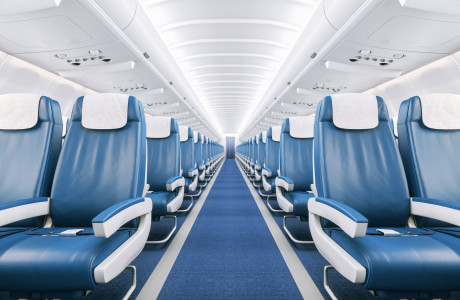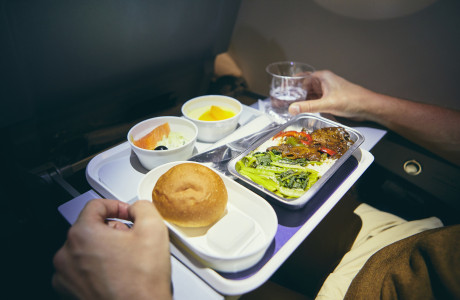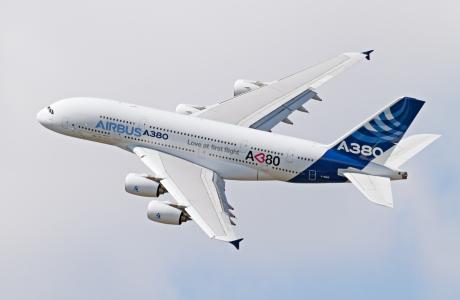
The Airbus A380: Facts & Figures
Airbus' A380 is a giant of the skies: the largest passenger aircraft ever to enter series production. The aircraft is a masterpiece of modern engineering and an absolute highlight in aviation. At the same time, however, it is also emblematic of exuberant ambitions and production that fails to meet the needs of the market. But what exactly does the Airbus A380 have to offer passengers? What does an A380 weigh? How many A380s are there anyway? And what's the deal with Lufthansa's A380 resumption in 2023? Find out more here!
Contents
The A380: 10 Frequently Asked Questions
The Airbus A380 is a superlative aircraft in many respects. We have summarized the most important key figures for you here.
How many A380s were built?
A total of 251 Airbus A380s were built and delivered for civil aviation.How many A380s are still flying?
As of May 2023, about 130 A380s are in service - but several airlines plan to reactivate more aircraft during the year. For example, all Emirates Airbus A380s are expected to be back in service by the end of the year.How many A380s does Lufthansa have?
Originally, there were 14 Lufthansa A380s, six of which have since been sold. After being temporarily grounded during the Corona pandemic, Lufthansa's remaining eight Airbus A380s are scheduled to return to service with the Crane airline during 2023.How many A380s does emirates have?
With a total of 123 Airbus A380 800s at Emirates, the state-owned airline from Dubai is by far the largest customer. In second place is Singapore Airlines with 24 A380s.What kind of engines does an A380 have?
The Airbus A380 is equipped with either four Rolls-Royce Trent 900 or Engine Alliance GP7200 engines, depending on customer requirements.How much does an A380 consume?
Because of its four engines, the A380 consumes a very high 320,000 liters of kerosene per tankful. Accordingly, when many Airbus A380s were taken out of service in the meantime, the cost of operation was cited as a major factor, since engine maintenance is considered to be very cost-intensive in addition to consumption.What does an A380 aircraft cost?
According to the list, the price of an Airbus A380 is $445.6 million.How long is an A380?
The A380 has a length of 72.72 meters.What is the wingspan of an A380?
The A380 has a wingspan of 79.80 m.What is the weight of an A380?
The weight can vary slightly depending on the equipment and number of seats. The maximum empty mass of the A380 is 275 t, and the maximum take-off mass is 569 t.
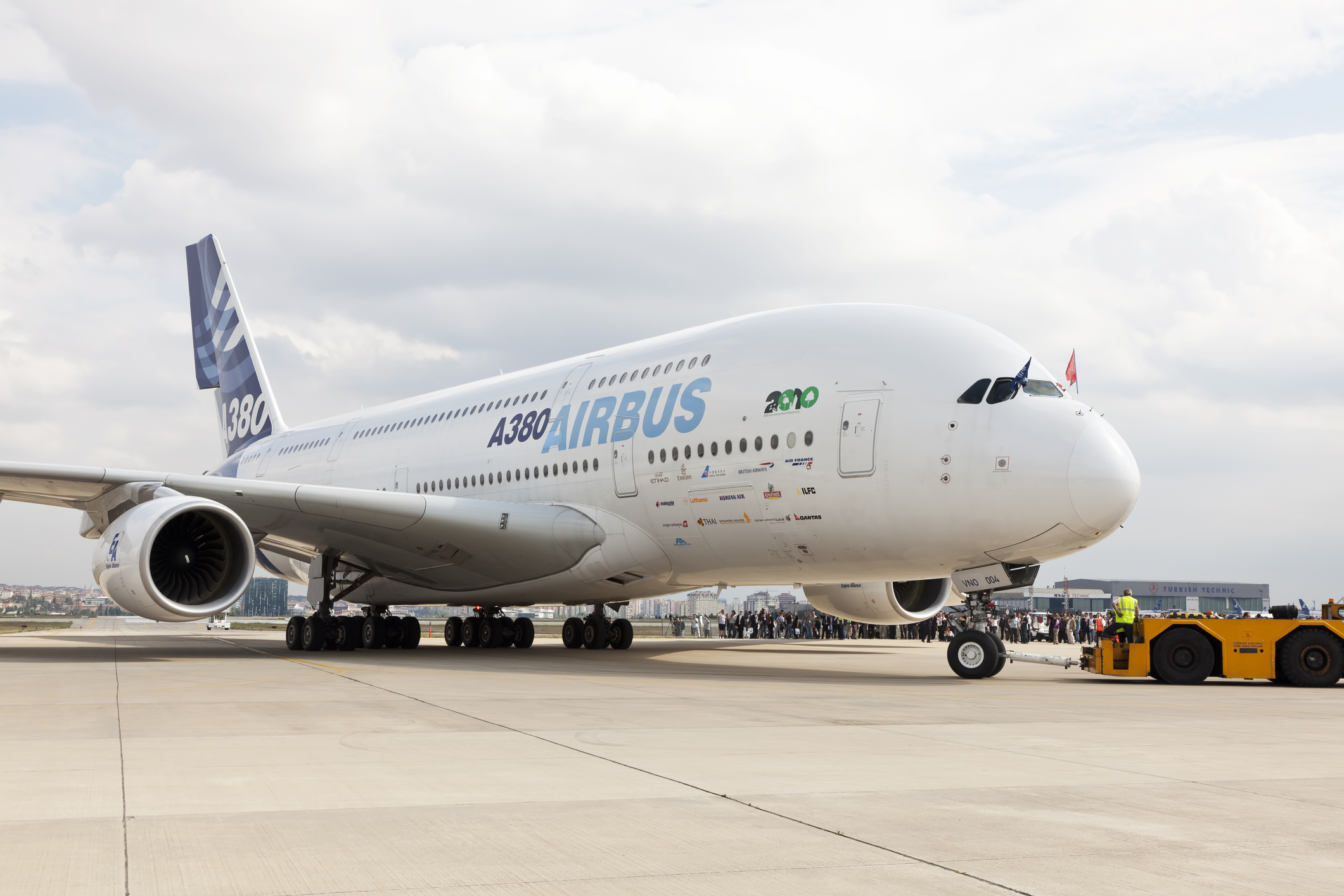
The Development of the Airbus A380
Development of the Airbus A380 began back in the late 1980s. The goal was to create a competitor product to Boeing's market-dominating 747. After a development phase of more than ten years, the final decision to build was made in 2000. The aircraft were completed in Toulouse, but individual sections of the A380 were also manufactured in the UK, Spain and Germany and brought to France on special routes using heavy transports. Test flights began in 2005, and the first deliveries of the A380 to Singapore Airlines and the first scheduled flight took place in 2007.
Originally, several versions of the aircraft were planned; the A380 800 and the A380 F were ultimately offered. The latter was planned as a freighter, but was never realized due to prioritization of passenger traffic and cancelled orders.
Why the A380 Was Cancelled
Delays in the delivery of the Airbus A380 led to initial penalties and canceled orders, which resulted in the suspension of the freighter version. The cost of operating an aircraft like the A380 also caused demand to be lower than expected. A key factor here was Airbus' reliance on the so-called hub-and-spoke system in its planning. In this, passengers would be flown primarily to central hubs and from there transported to destinations by smaller aircraft. However, the point-to-point system, in which direct flights are favored, has prevailed. Since these flights have lower passenger numbers, the size comparison was negative for the A380.
The resulting lower demand led to major customer Emirates also canceling 39 aircraft. As there were no further open orders at that time, production of the A380 was discontinued. Instead of the 1200 aircraft originally announced, only 251 were built.
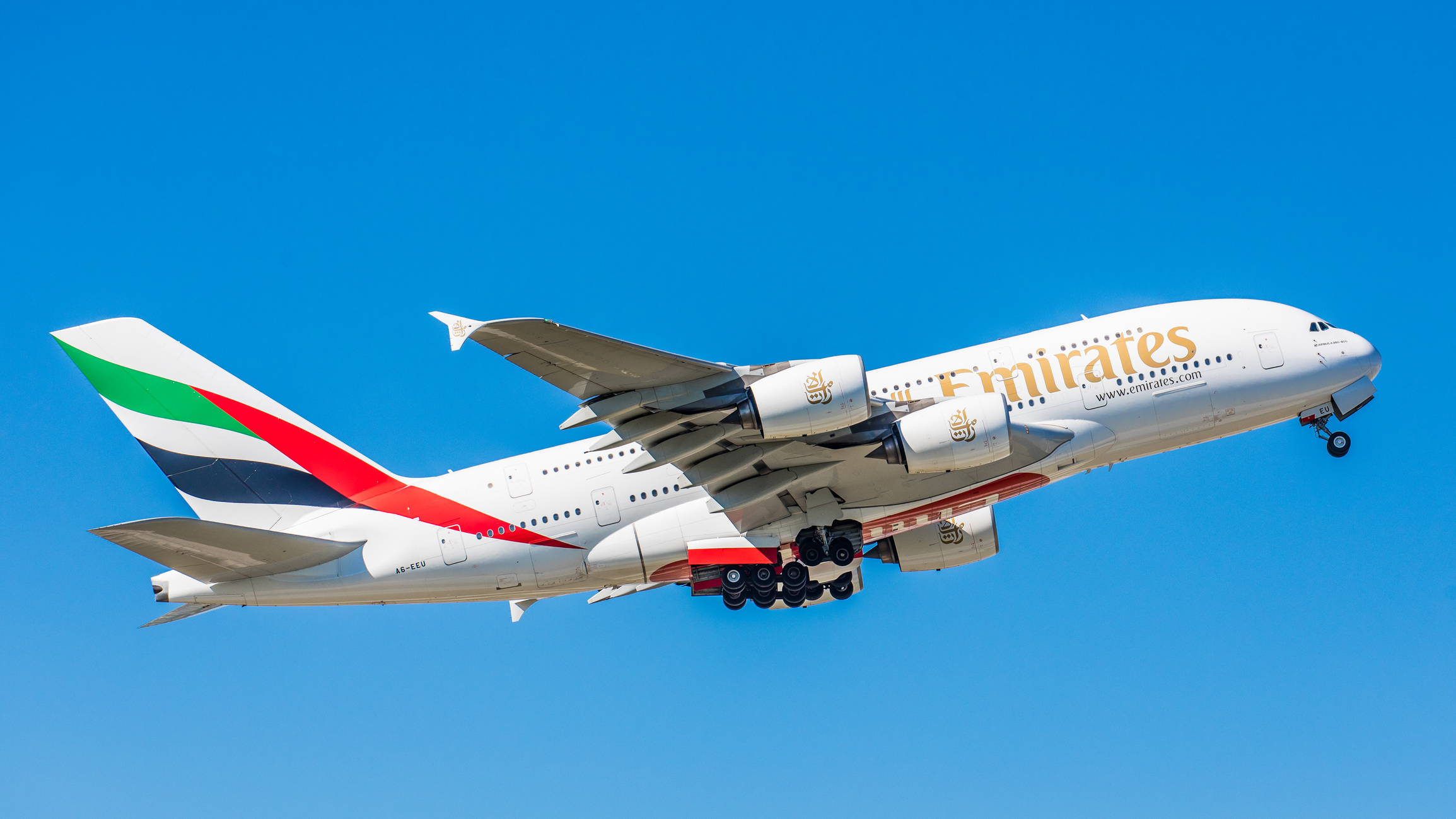
The Airbus A380 from the Inside
Undoubtedly, the Airbus A380 offers a spectacular sight, but also the A380 interior sets standards in many respects. Particularly the Airbus A380 of Emirates wait inside with luxurious equipment. An Emirates A380 in First Class, for example, has shower cabins. But the A380 First Class of other airlines can also convince with a spacious cocktail bar and individual sleeping cabins. The A380 Business Class also offers an onboard lounge and sleeper seats.
The A380 cockpit and cabin crew also stand out. Up to five people can work in the cockpit of the Airbus A380 at the same time. In addition, the lower third deck, which mainly serves as a cargo deck, has a crew area with beds and its own toilet for the crew of up to 24 people.
The Future of the Airbus A380
The saying that dead men live longer is proving true for the Airbus 380 as well. Especially with the outbreak of the Corona pandemic, but even before, airlines had begun to retire their A380 aircraft. Turning away from this decision was long considered unthinkable, but a combination of increased demand for long-haul flights as well as production difficulties for newer, smaller aircraft, has triggered a rethink in many places. The approximately 130 A380s currently in service are to be augmented by additional aircraft by the end of the year. Scheduled flights with the aircraft will therefore probably continue at least until the end of the decade, but beyond that the fate of the A380 is uncertain.
Would you like to experience a trip in an Airbus A380 (again)? Then we wish you a good flight and a relaxing journey in advance!

